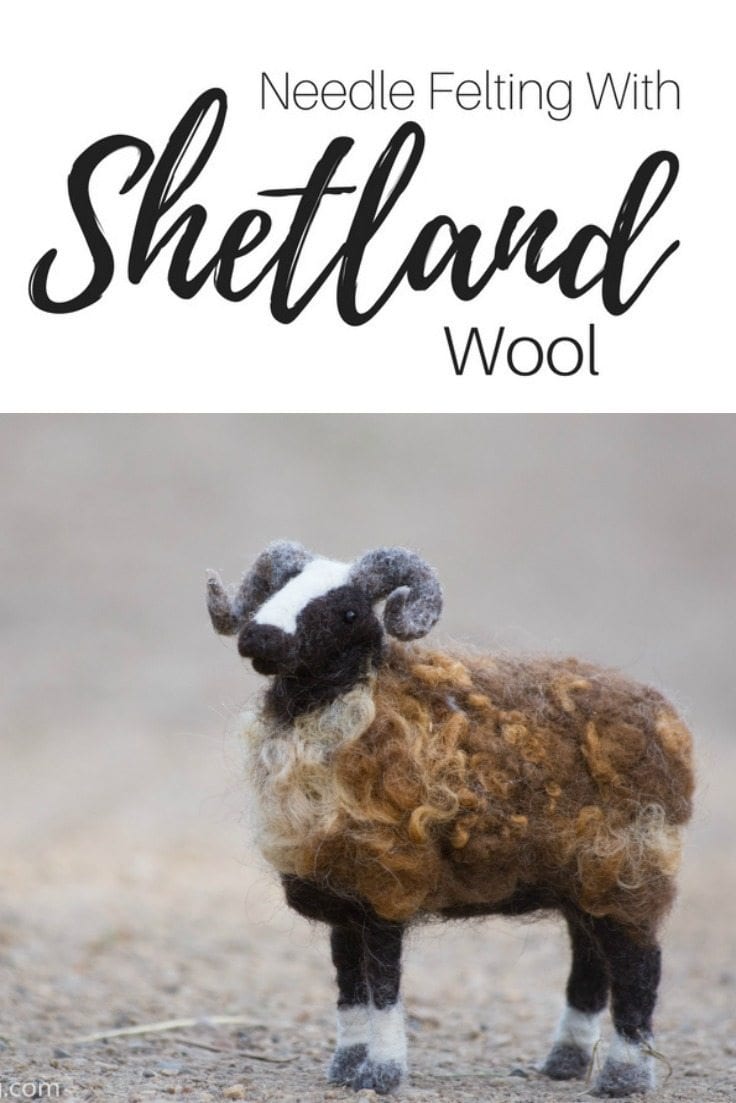
What wool should I choose for felting?
Have you wondered if you should use Shetland wool? If you have done any needle felting at all, or you are looking to start you will be wondering what breed of wool to use. I was lucky when I was just beginning I had a flock of sheep with wool that worked perfectly for needle felting. Romney wool has been my favorite for years and what I use in 95% of my sculptures. I have been asked many times what my favorite wool breed is to use when felting. I would always say Romney, but didn’t feel qualified to honestly answer that question without trying out different types of wool.
In 2015 I began needle felting through the sheep breeds, making a certain breed of sheep out of it’s own wool.
I have learned a lot about the different breeds as well as their wool as we go. I have been posting what I have learned here on my website for each of the wool breeds I have used, giving my opinion based on my experience felting with the wool. Keep in mind fleeces can vary greatly within the same breed depending on their health and care. I try to keep this in mind as I give my opinions.
I felted a sheep using Shetland wool and want to share with you what I found.
Shetland Sheep
There are so many things to learn about the different breeds of sheep and their wool. You will definitely want to research the variety of different wool variations within the Shetland breed before purchasing any wool for felting. The most amazing thing I have found in my research of Shetland Sheep wool is the variation in colors. I knew you could find a variety of beautiful natural colors within the breed but didn’t realize just how many different colors they are known for. What fun lambing time would be when you never knew what new shade of wool would be born next. Plus they have a variety of different colors on just one animal.
There are 11 classic colors of the Shetland Rainbow. (The Fleece and Fiber Source Book)
- Dark Brown
- Moorit (browns ranging from fawn to dark red-browns)
- Fawn
- Mioget (lightest brown, with warm overtones)
- Musket (light grayish brown; mixed light and brown fibers)
- White
- Light Gray
- Gray
- Emsket (dusky blue-gray)
- Shaela 9dark steely gray)
- Black
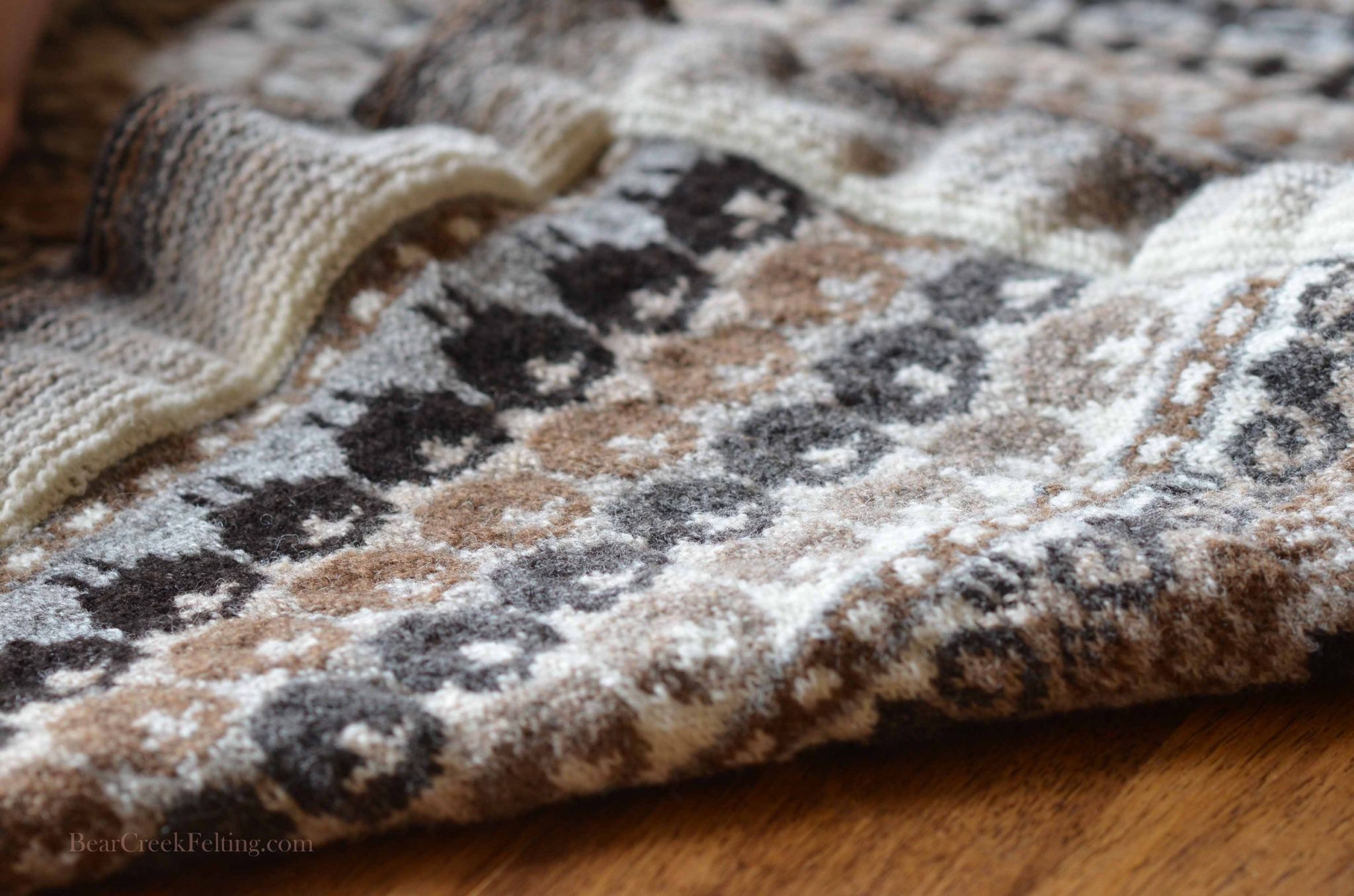
Fleece Types
To make things a bit more confusing when looking to purchase Shetland wool for felting you will find three different fleece types.
- True double coated (aka Beaver)
- Transitional double coated (aka Beaver)
- Single coated (aka Kindly)
From what I have read, I believe the single coated Shetland would be the best for felting. The single coated shetland have short stapled, fine, crimpy wool that is fairly even throughout the fleece. The double coated Shetland will have longer course hairs mixed throughout, unless separated by hand during processing.
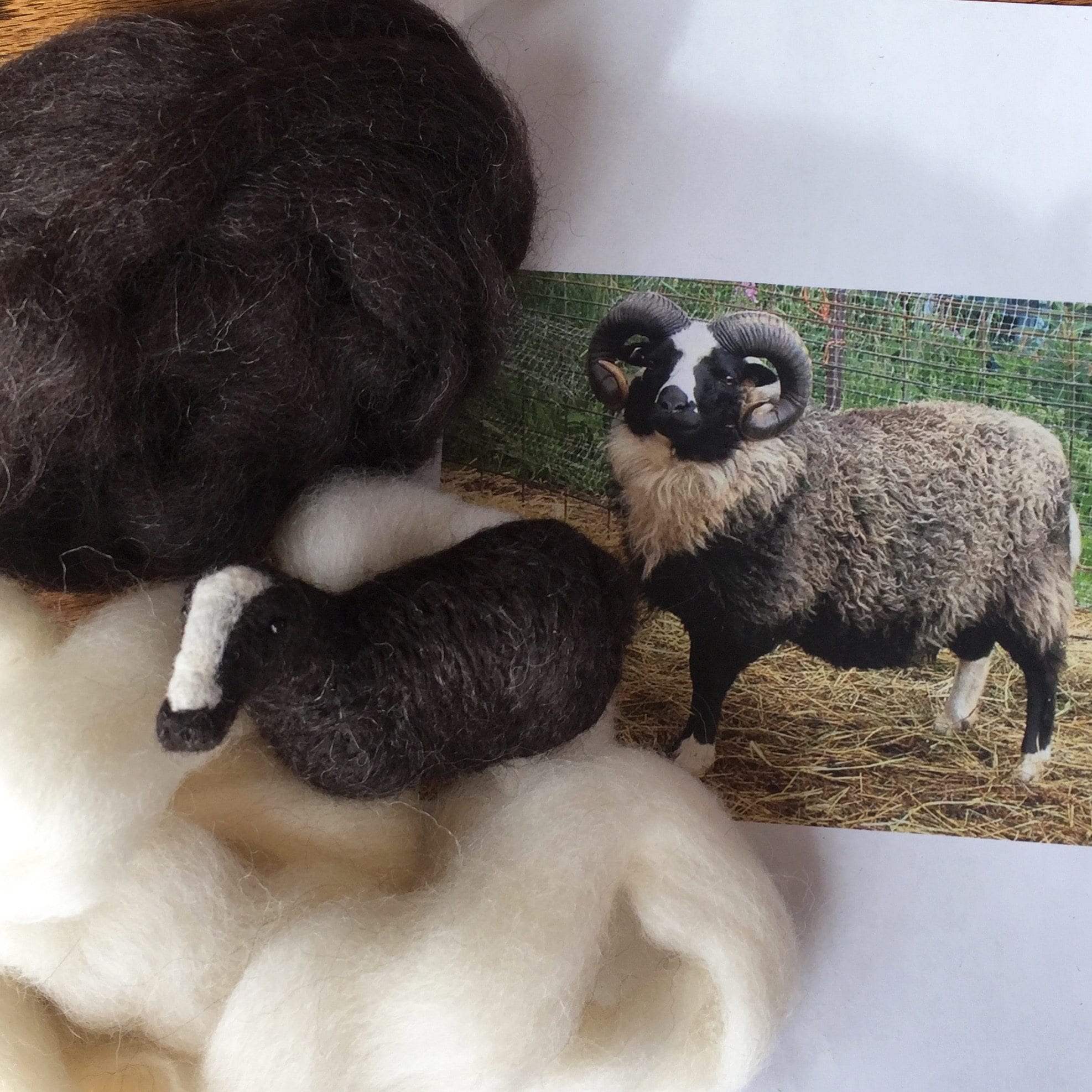
Needle Felting with Shetland Wool
I purchased Shetland wool from about 4 or 5 different sources for my project in a variety of colors. All purchased within the US. All of the wool I purchased must have come from a double coated variety because they contain the course hairs that won’t felt. Other names for the difference in wool types is Kindly and Beaver, Kindly being the one we would desire for felting and Beaver not so much.
If you have read any of my previous posts in my Felting through the sheep breeds series you will know  that I don’t appreciate the long course hairs that don’t felt. They can be dealt with, but just aren’t what I am looking for in a good felting fiber. You can see in the closeup picture on the left the course hairs that are sticking out of my needle felting. They can be pulled out during the felting process so it isn’t the end of the world, but I find them to be a nuisance.
that I don’t appreciate the long course hairs that don’t felt. They can be dealt with, but just aren’t what I am looking for in a good felting fiber. You can see in the closeup picture on the left the course hairs that are sticking out of my needle felting. They can be pulled out during the felting process so it isn’t the end of the world, but I find them to be a nuisance.
I purchased some wool that was processed into roving and some others that were just washed and left in locks. The roving wool was smooth and wiry, there wasn’t much crimp and didn’t felt well. (Incidentally it will be excellent for spinning into yarn, which is my plan for the rest of it) The wool that was washed and not processed felted much better. Of course the black that I needed to do most of the sculpting with was the roving wool and so it was frustrating to try and work with but I did manage to get some good results with more time and effort than usual. The washed and unprocessed wool was only used to make the fluffy outer coat.
My Thoughts on Felting With Shetland
I love the variety of natural colors available in Shetland. It is difficult to dye wool that looks natural and so it is fun to work with all of the natural Shetland colors available to achieve a natural, realistic looking fur coat on a sculpture.
Shetland wool is easy to find. It is a popular wool and so it is always nice to know you will be able to find some when you need it.
As with most fiber used for felting you will want to be able to analyze the wool first hand. If you are not able to feel the texture of the wool be sure to ask before purchasing if it will be good for felting. If they are not a felter themselves you will have to ask more specific questions. You may even be bold enough to ask if it is Kindly or Beaver and hopefully they will know the answer.
You will need to shop around, ask questions and if you find someone that sells the perfect felting Shetland offer to buy the entire fleece! If you have found the perfect place to purchase good felting Shetland please let me know, I would love to give it a try.
I am giving Shetland wool a needle felting score of 6 on a scale of 1 to 10. 10 being the best.
Check out my other posts in this series Needle Felting through the sheep breeds.
- Icelandic - 6
- Jacob - 3
- Blue Faced Leicester - 6
- Corriedale - 7
- Southdown - 7
- Shetland - 6
- Merino - 8
- Gotland - 6
- Romney - 10
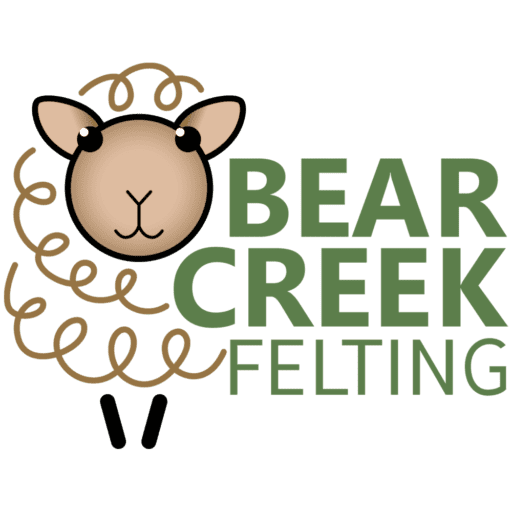

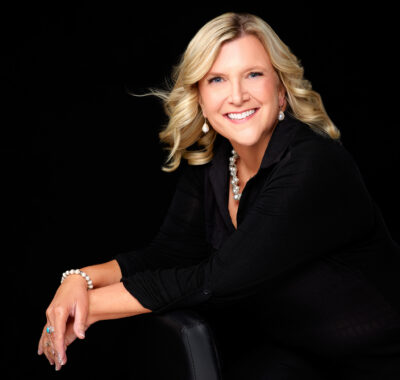
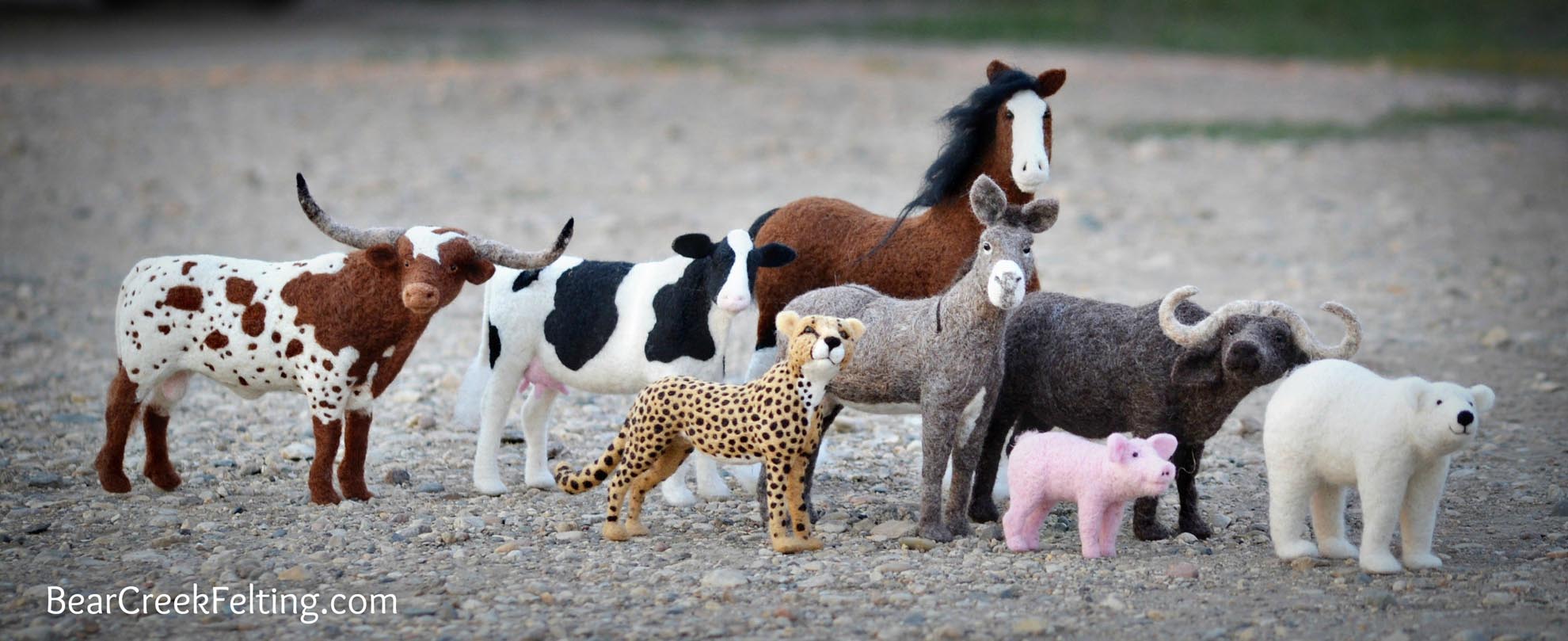
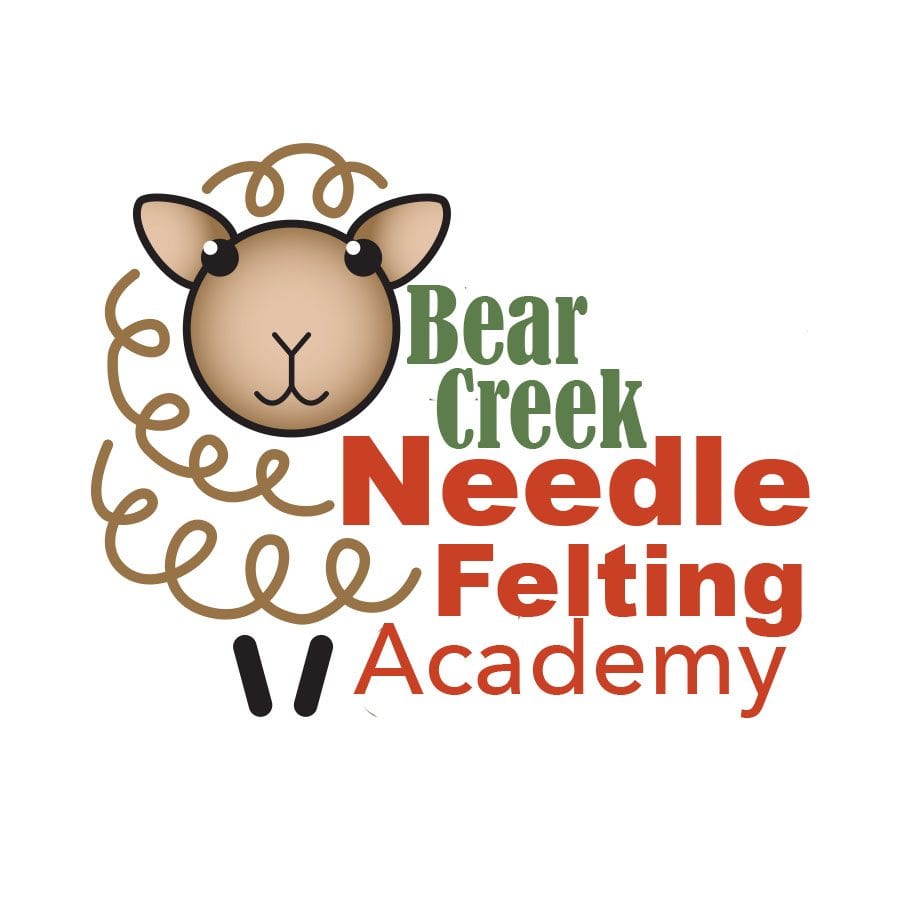
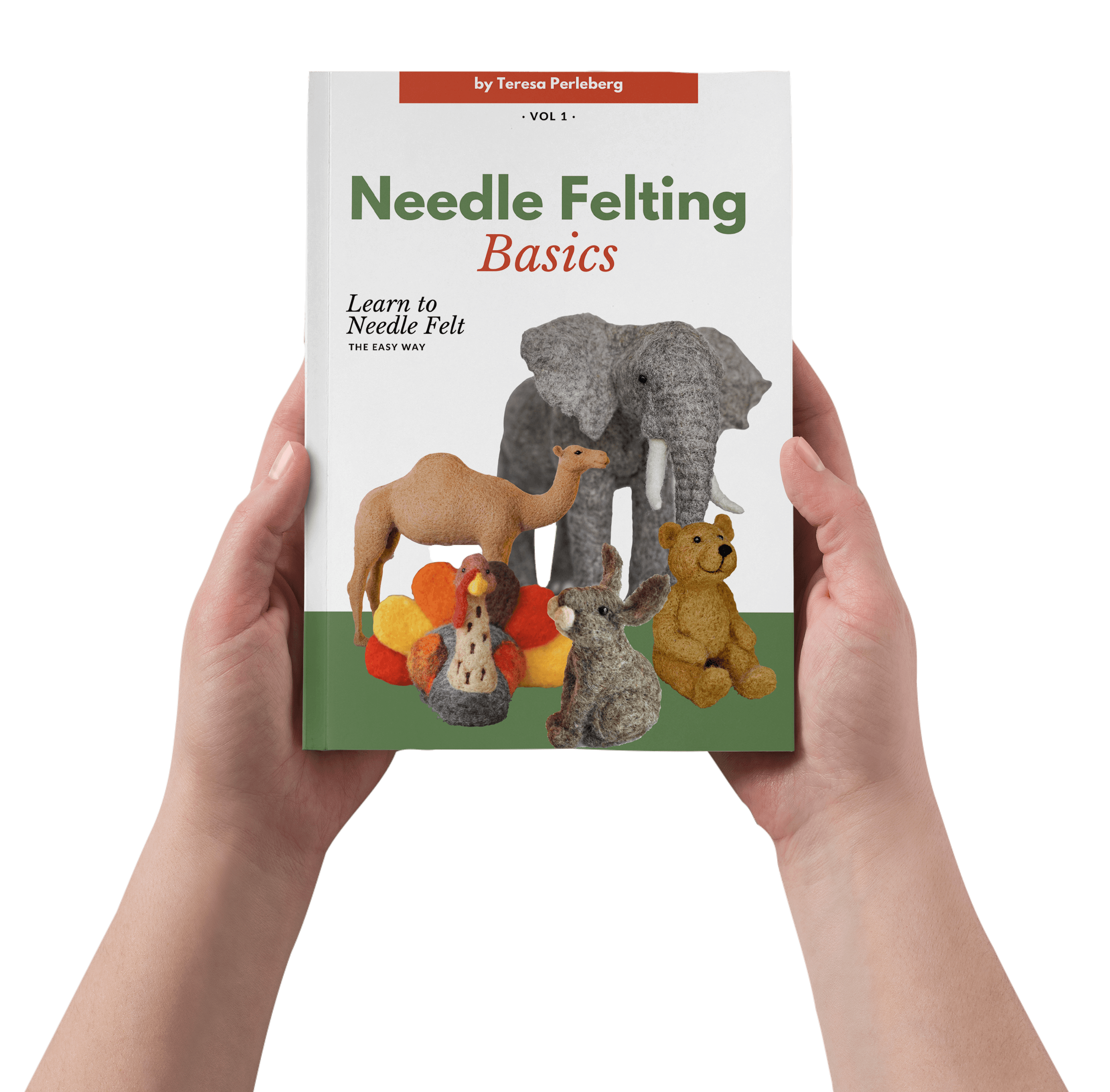
Just discovered your site. I really enjoyed the first person critiques of each wool. Very helpful. I didn’t see a rating for Romney, however through comparisons shared in the articles, it would be an 8?
This Blog series is great for the SHAVE ‘EM TO SAVE ‘EM INITIATIVE (SE2SE) with the Livestock Conservancy. The challenge is to create items from the wool of at least 15 different sheep breeds that are listed on the Conservation Priority List. The goal is help keep these breeds from becoming extinct. I have acquired Jacob and Shetland and I am bit fearful to start because I know they will feel very different from the Romney, Merino, and Corriedale that I am used to. Knowing what you have observed when using these types of wool gives me a head start or a good ‘spoiler alert’. Being aware of the differences helps me to develop different expectations for these fibers. THANKS SO MUCH!!
Such dedication! I have totally enjoyed this series about felting with different wools and you are very clear